There was a time when a U2 show didn't have any bells or whistles, let alone rear-screen video projections, decorative backdrops or computerized lighting systems. Even on their original Joshua Tree tour, which arrived in a lather of anticipation at Croke Park 30 years ago (for two shows, June 27th and 28th), the band played on what was a large, bog standard proscenium stage, flanked by side sheets depicting Joshua tree branches painted in silver and beige. Back then, it was the apex of stage design: perhaps not state-of-the-art but certainly bold, clean and guileless. And now?
“That staging is so out of fashion,” says Willie Williams, U2’s creative director since 1982. Speaking from Berlin last week, as the band prepared for a show at the Olympiastadion, Williams says he toyed with revisiting, if not reinventing, such a standard stage production before casting that idea aside.
“The sight lines for that kind of stage – if you care about seeing the drummer, that is – don’t work for 21st-century shows.”
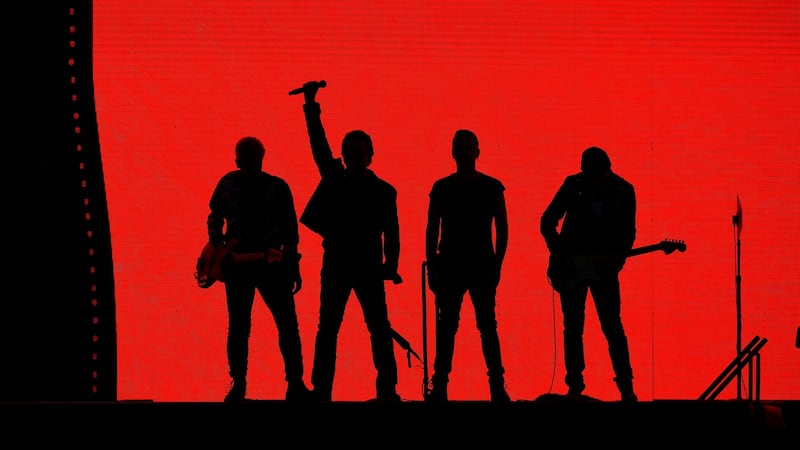
In the case of U2, it seems everyone cares about seeing the drummer, so Williams fused “the spirit of the 1987 shows” with something else. Walk into Croke Park between now and Saturday, he says, and “the stage doesn’t really look enormously different from the one used 30 years ago. It’s a large back wall rather than a proscenium, but it appears to be a big painted billboard with the same coloured Joshua tree on it, which is deliberate. The secret that’s out now, of course, is that it actually isn’t a billboard – it’s a giant video screen.”
No visuals
There are more spoilers ahead. The show's first 20 minutes contain no visuals or backdrops, with tracks from 1983's War and 1984's The Unforgettable Fire, which preceded The Joshua Tree.
Then, the widescreen video material kicks in, with sequences conceived by Dutch photographer and filmmaker Anton Corbijn, who has collaborated with U2 for 35 years.
Williams says there was never any question that it would be anyone other than Corbijn who would make the films for the show. What has enhanced his footage is the continued development in film technology over the past 20 years. Although U2 haven’t worked with large-scale video since the early 1990s, improvements in the form have meant that what were once improbable ideas can now be fully realised. Williams says that thanks to “a delicate curve” in the elongated screen behind the band, the images projected on to it are virtually 3D.
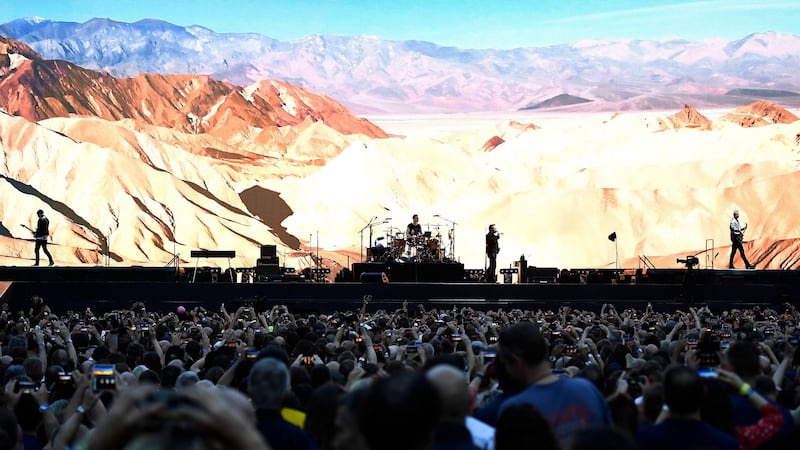
Corbijn shot the film in 8K, which is the highest resolution available in digital cinematography. It has yet to be fully adopted for mainstream commercial use. “The fact that Anton shot film in 8K is just something else entirely,” says Williams, still with a trace of reverence in his voice. “I remember during rehearsals, when he finally saw his films up on the screen, he said he had never seen his work like this before. But then up until that point nobody had.”
According to Williams, the governing design principle for the show was to keep the essence and honesty of the original but enhance everything around it. He has a core team of “about eight people, many of whom have been with U2 for a long time; what’s nice is that from year to year and tour to tour the level of contributors can vary, but everyone has their place”. He says that from the outset they were determined that “it wasn’t going to be nostalgia-based”.
To avoid any heritage act tropes, the team decided against showing archive footage of the band in their younger days.
"Indeed, they barely make reference to the past. They're treating The Joshua Tree like it's their new album. They're going out and playing it with such conviction, and, of course, they can play it much better than they could 30 years ago."
‘We had to be careful’
The band are all at the wrong end of 50 years of age, so perhaps mercifully they decided not to use their images up close. “The mood we want to create isn’t about pristine television pictures. That was uppermost in our minds. But yes, we had to be careful – I’ve seen some bands of similar vintage or older on large screens, and it can be pretty terrifying.”
Even for a band with such a substantial back catalogue, would U2 be the same entity if all the design trimmings and visual trappings, the spectacle and extravagance, were removed?
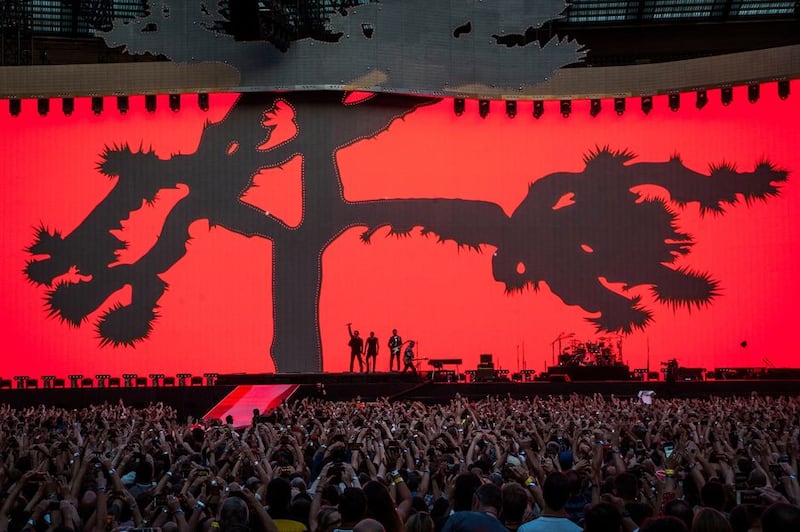
“They wouldn’t be the same band, no,” says Williams. “Would they still be an amazing rock band? Yes, without a doubt. The first part of the show is just like 1987, and certainly if they hadn’t embraced the technology, if they hadn’t put together the team they have, it would be a very different kind of proposition. I’m sure it would have been equally as interesting, and they would have wanted to say the things they wanted to say, but the canvas would have been different. As it stands, what has been produced over the years is a remarkable hybrid – it’s rock band and performance art.”
There are design tweaks to make before U2 bring The Joshua Tree 2017 show to Croke Park on Saturday. So, for U2's creative director of 25 years standing, what comes next?
"They've got the Experience album and we're going to tour that next year," he says quickly. "There's a plan going forward, and then they're talking about the record after that and the tour after that. Seriously, it's like the priesthood – you can never really retire."
U2’S TOP 3 TOUR EXTRAVAGANZAS
Zoo TV
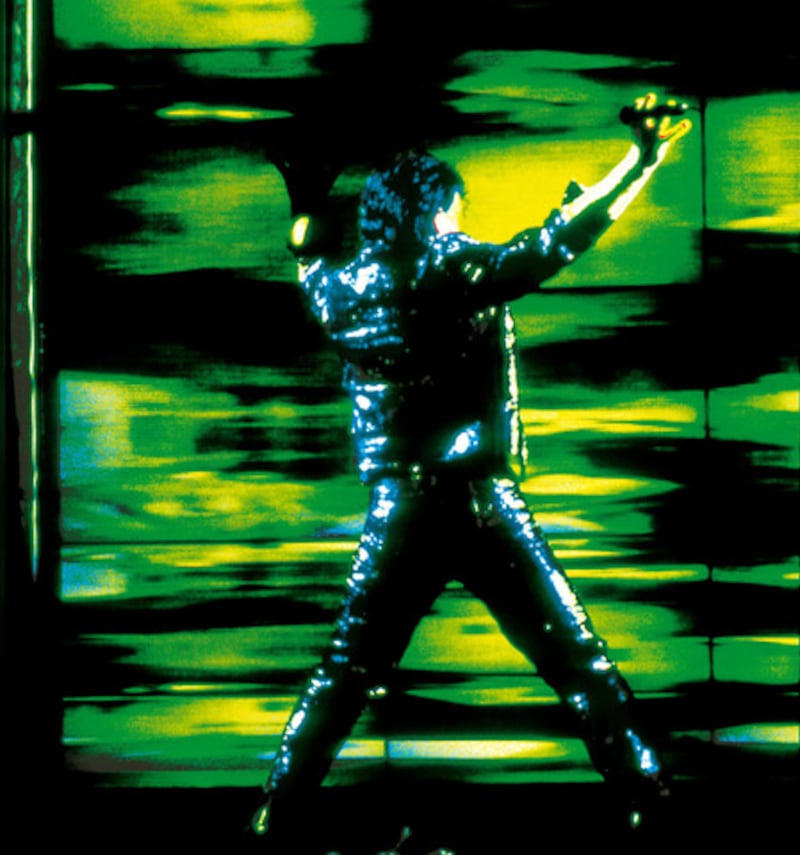
The full tour consisted of five touring segments and 157 shows between February 29th, 1992 and December 10th, 1993. Created to reflect the new musical direction U2 had taken with 1991 album Achtung Baby, the production was an assemblage of video screens, TV monitors, rapid-fire visual effects (including pithy text aphorisms, mostly written by artist Jenny Holzer), satellite link-ups, and a lighting system utilising hollowed-out Trabant cars. At the time, Zoo TV was regarded as the most spectacular tour staged by any rock band.
PopMart
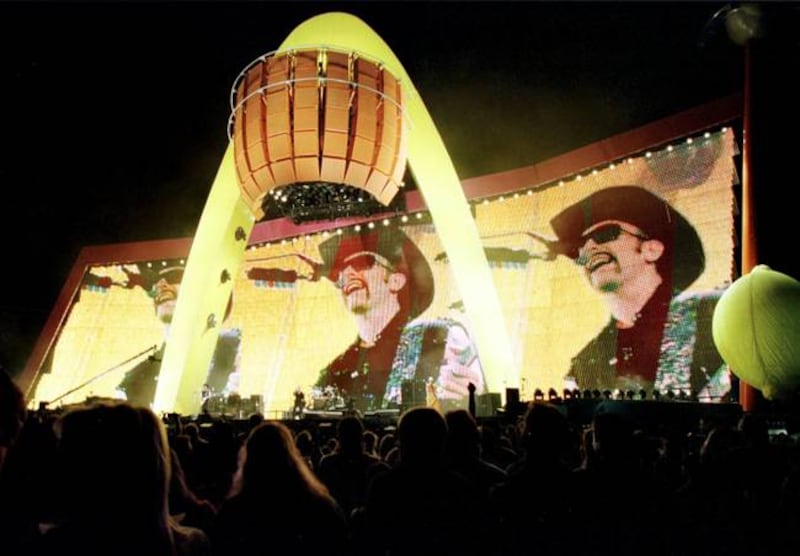
It answered the question of “how will they top Zoo TV?” by being even bigger. From April 25th, 1997 to March 21st, 1998, it comprised five touring segments and 93 shows. Although beset by technical issues, it included a 50m-wide LED screen, a 30m-high golden arch, and a 12m motorised lemon-shaped mirror-ball (which featured a 30m “cocktail stick” piercing a 4m “olive”). Reviews of the tour varied – NME denounced it as “a ludicrous hullabaloo”; Bono bullishly called it “our finest hour”.
The 360° Tour
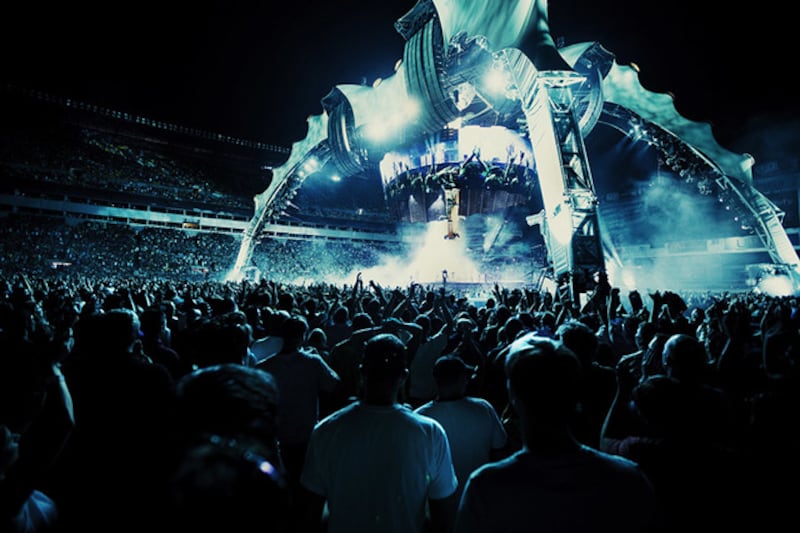
Undertaken to promote 2009 album No Line on the Horizon. From June 30th, 2009 to July 30th, 2011 (which included a lengthy postponed interruption to allow Bono to recuperate from a back injury), across three touring segments and 100 shows, U2 performed on a four-legged stage configuration known as The Claw. With the sound system in each leg and tubular video screens on top, at 50m in height it was the largest stage ever constructed. The tour (which for the first time for U2 was sponsored) went into the record books as the highest grossing in history. Reviews were largely positive, with the Washington Post describing The Claw as making "Funkadelic's mothership look like a Frisbee" and U2 as "practically invincible".












